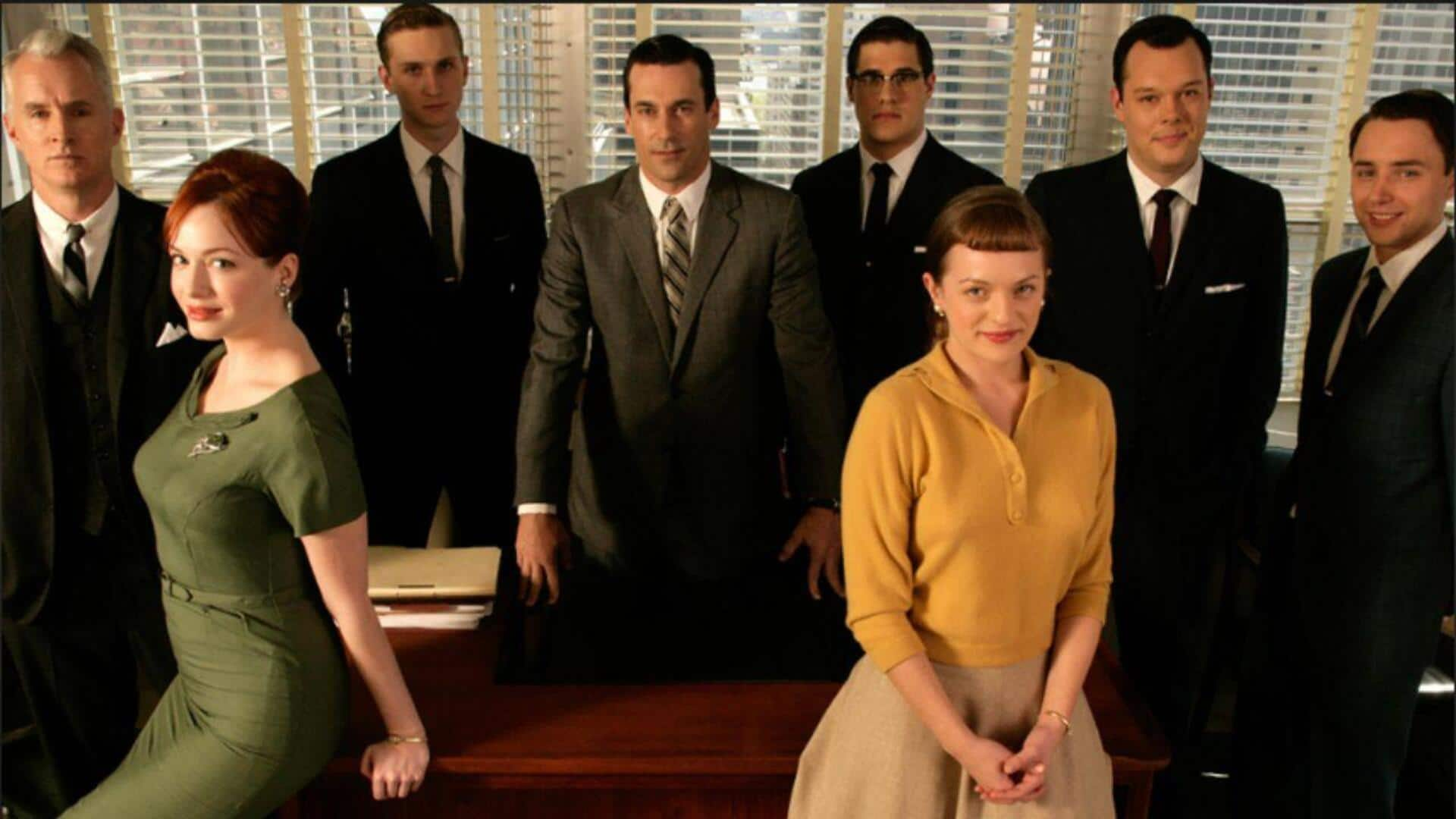
'Mad Men's take on office hierarchies and gender roles
What's the story
We all love Mad Men, don't we? The acclaimed television series gives a colorful insight into the 1960s world of advertising. Not only does the show highlight what it was like working in the office, but also how creative processes worked. It gives us a peek into how advertising agencies functioned during the era. Let's take a look.
#1
Office culture and hierarchies
The show does a good job of accurately depicting the hierarchy prevalent in the 1960s advertising agencies. Senior executives wielded a lot of power and influence over decision-making processes. Junior staffers often had little room for climbing up the ladder unless they proved themselves with exceptional work or connections. This environment cultivated an atmosphere of cut-throat competition where people were always looking to climb the corporate ladder.
#2
Creative processes and campaign development
Mad Men gives a glimpse into how creative teams built campaigns during the time. Brainstorming sessions were a common sight, with team members working together to come up with the most innovative of ideas for the client. Creativity and originality was the name of the game, with agencies looking to stand out their client's product in the crowded market. This focus on creativity birthed some of the most iconic advertisements we saw back then.
#3
Gender roles in advertising agencies
The series also sheds light on gender roles in Mad Men, where men mostly held the reins while women were mostly employed as secretaries or assistants. However, even with all the restrictions, some women managed to break the glass ceiling by being exceptionally talented and determined. This part of Mad Men reflects the wider societal norms of the era but also hints at change, which would eventually lead to more gender parity in workplaces.
#4
Client relationships and pitch meetings
In Mad Men, we see client relationships as the linchpins of agency success. Agencies put in a lot of effort into understanding their clients's needs and preferences, before pitching ideas tailored specifically for them. Pitch meetings were high-stakes events where creative teams presented their concepts with persuasive arguments to win over clients who had a lot of power over campaign outcomes.